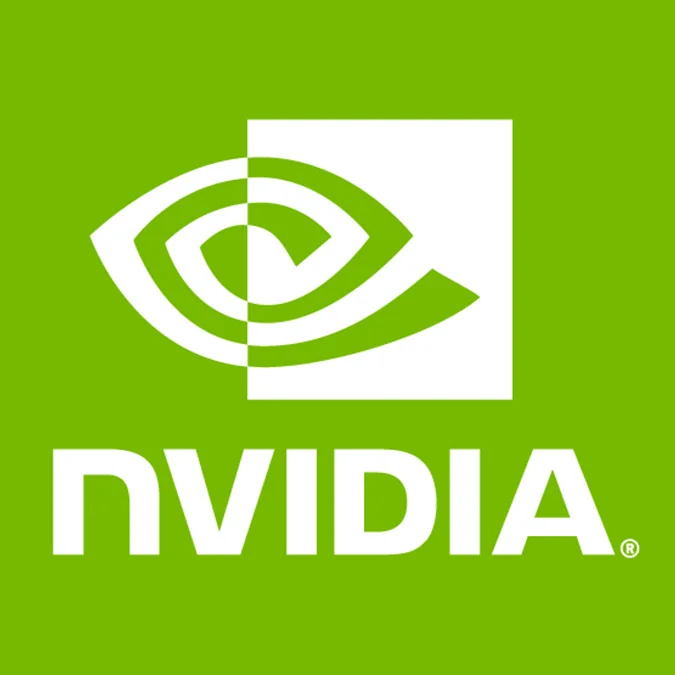NVIDIA Drops Linux Driver Feature Not Found On Windows

NVIDIA's Windows and Linux drivers largely consist of common code aside from OS-specific bits, just as NVIDIA's FreeBSD and Solaris drivers are also in close ancestry to the Windows code. With the largely common code-base, NVIDIA has maintained similar features across platforms and at roughly comparable performance levels.
Phoronix reader Antonio Orefice pointed out a little interesting fact of NVIDIA removing a driver feature from their Linux blob over it not being present in the Windows driver. The difference came down to the BaseMosaic mode on Linux used to support more than three monitors (a user reported four monitors working fine for BaseMosaic SLI), but since the NVIDIA 310 Linux driver only three monitors are supported.
A Linux user reported this issue to the NVIDIA DevTalk forum after he had to downgrade his driver to be able to use four monitors with BaseMosaic and not rely upon Xinerama.
In terms of why the latest NVIDIA Linux drivers impose this seemingly artificial limit for the BaseMosaic mode, "sandipt" of NVIDIA's Linux team responded, "This is expected behavior for latest drivers...For feature parity between Windows and Linux we set BaseMosaic to 3 screens."
As described by NVIDIA's driver documentation, "[BaseMosaic] can be used to extend a single X screen transparently across all of the available display outputs on each GPU. This is like SLI Mosaic mode except that it does not require a video bridge connected to the graphics cards. Due to this Base Mosaic does not guarantee there will be no tearing between the display boundaries. Base Mosaic is supported on all the configurations supported by SLI Mosaic Mode. It is also supported on Quadro FX 380, Quadro FX 580 and all G80 or higher non-mobile NVS cards."
It'd be a bit more understandable if this was done due to regressions found when using four monitors or if the support could be optionally enabled behind an "experimental" flag if it doesn't receive any QA coverage, but it doesn't appear that way and has upset at least one NVIDIA Linux customer in dropping his system's configuration.
47 Comments

